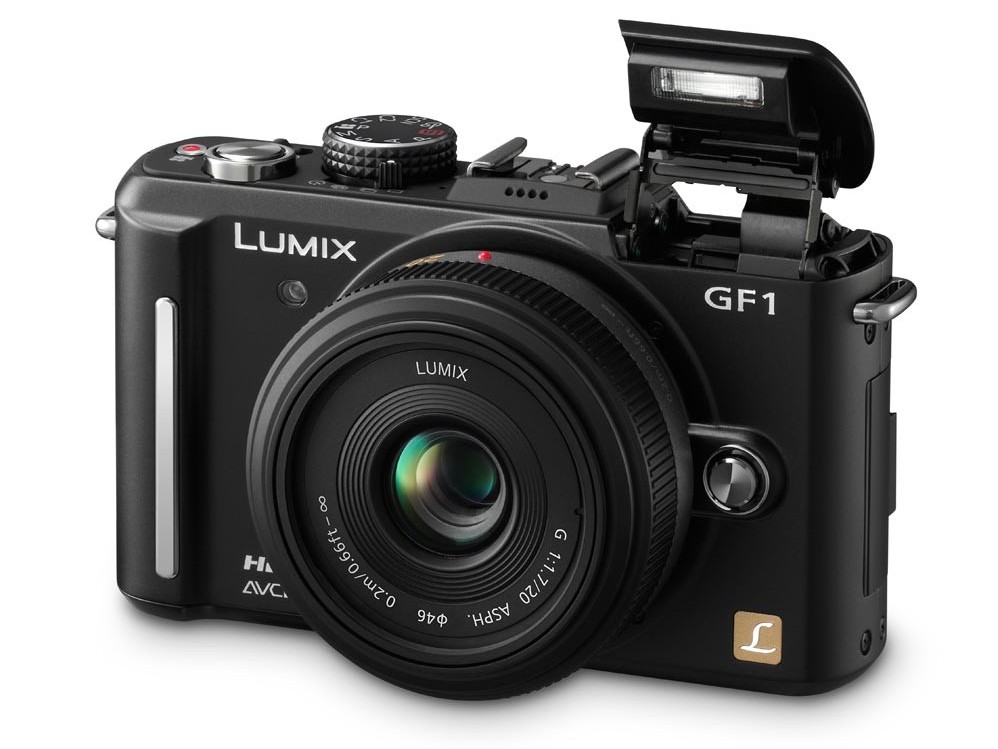Why you can trust TechRadar
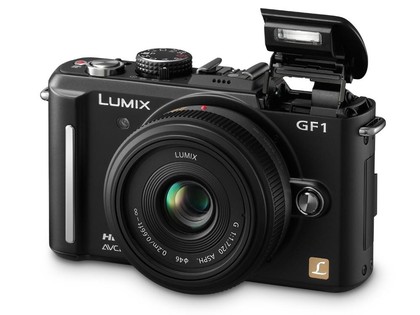
As mentioned, the Lumix GF1 has a lot in common with its bigger brother the G1, including a 12 megapixel sensor based on Micro Four Thirds technology.
So this means that live view is activated all the time (you can hear it and feel it when you're walking along with the camera, which is slightly disconcerting). It also means that smaller, lighter lenses are available, such as the 20mm f/1.7 pancake lens.
This Leica-manufactured lens is only 23mm deep but really fast and bright –fast in the sense of having a fantastically wide maximum aperture. What this means is that it lets in lots of light, which makes hand-held shooting in low light a lot easier, and also makes it very easy to blur the background on your portraits.
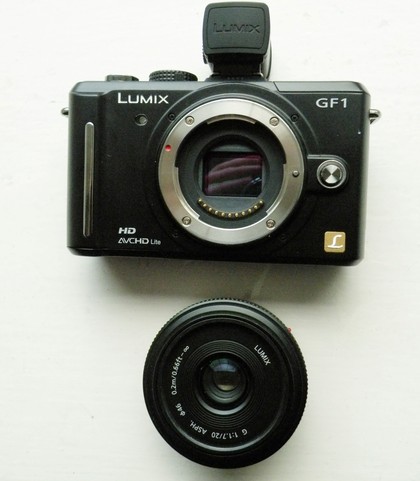
Indeed, crank the aperture open to f/1.7 and it's hard NOT to blur the background, so reduced is the depth of field. Panasonic claims that the aspherical lens design keeps things simpler and sharper, and this was borne out in our tests (see later).
The physically shallower lens also means that the Lumix DMC-GF1 is nicely compact and portable, though as with the Canon G11, you'll struggle to squeeze it into your trouser pocket.
Flash and movie mode
The Lumix DMC-GF1 is more than just a slimmed-down version of the G1 though, as it offers powerful HD video recording with stereo sound recording.
While the HD recording maxes out at 720p on the GF1, it's a very useful extra, enabling you to record in either M-JPEG or the proprietary AVCHD format.
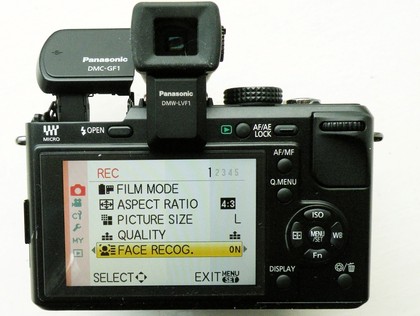
You simply press the red movie button on the top plate to activate HD video recording. It's all very seamless, and although the lack of advanced video and exposure controls may get frustrating on a camera costing this much money, you can't fault Panasonic when it comes to sheer ease of use. Onto the built-in flash.
This would have been a big feather in the Lumix's cap had not Olympus also squeezed one into the latest Pen, but still, it's great to have.
The flash is not particularly powerful, but can be incrementally adjusted from -2 to +2, and works well when used for fill flash effects in Aperture Priority mode. More noteworthy is the complicated looking pop-out flash mechanism.
At first glance it appears rather fragile and over-engineered, but is actually pretty sturdy, as is the camera as a whole.
Just remember that getting the flash back in requires you press it at just the right angle, so be stop and try again if you feel resistance!
On the subject of build quality, the Lumix DMC-GF1 is clearly built to last. While the camera lacks the retro charm of the Olympus Pen series, it's lovely to hold and is sturdy without being heavy. The buttons and dials really are beautifully engineered. There are a few design niggles, however.
If you add the optional electronic viewfinder and pop up the flash, this otherwise neat camera feels quite unwieldy and awkward to carry around. To be honest, we're not convinced it's worth getting the optional viewfinder, as the rear LCD is so large, bright and fun to use.
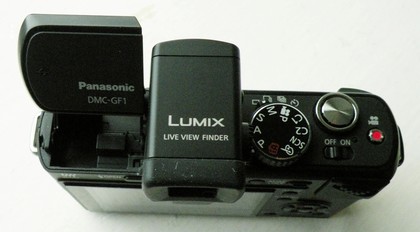
Our other gripe concerns the menus, which look and feel cheap compared to the Canon G11 or Olympus Pen. On a camera costing this much money, Panasonic should really push the boat out a bit and smarten up its navigation system.
The company redeems itself somewhat by offering a moveable histogram for checking exposure as you go along, and a nice bright grid to help with composition.
Current page: Panasonic Lumix GF1: Features
Prev Page Panasonic Lumix GF1: Overview Next Page Panasonic Lumix GF1: Image quality